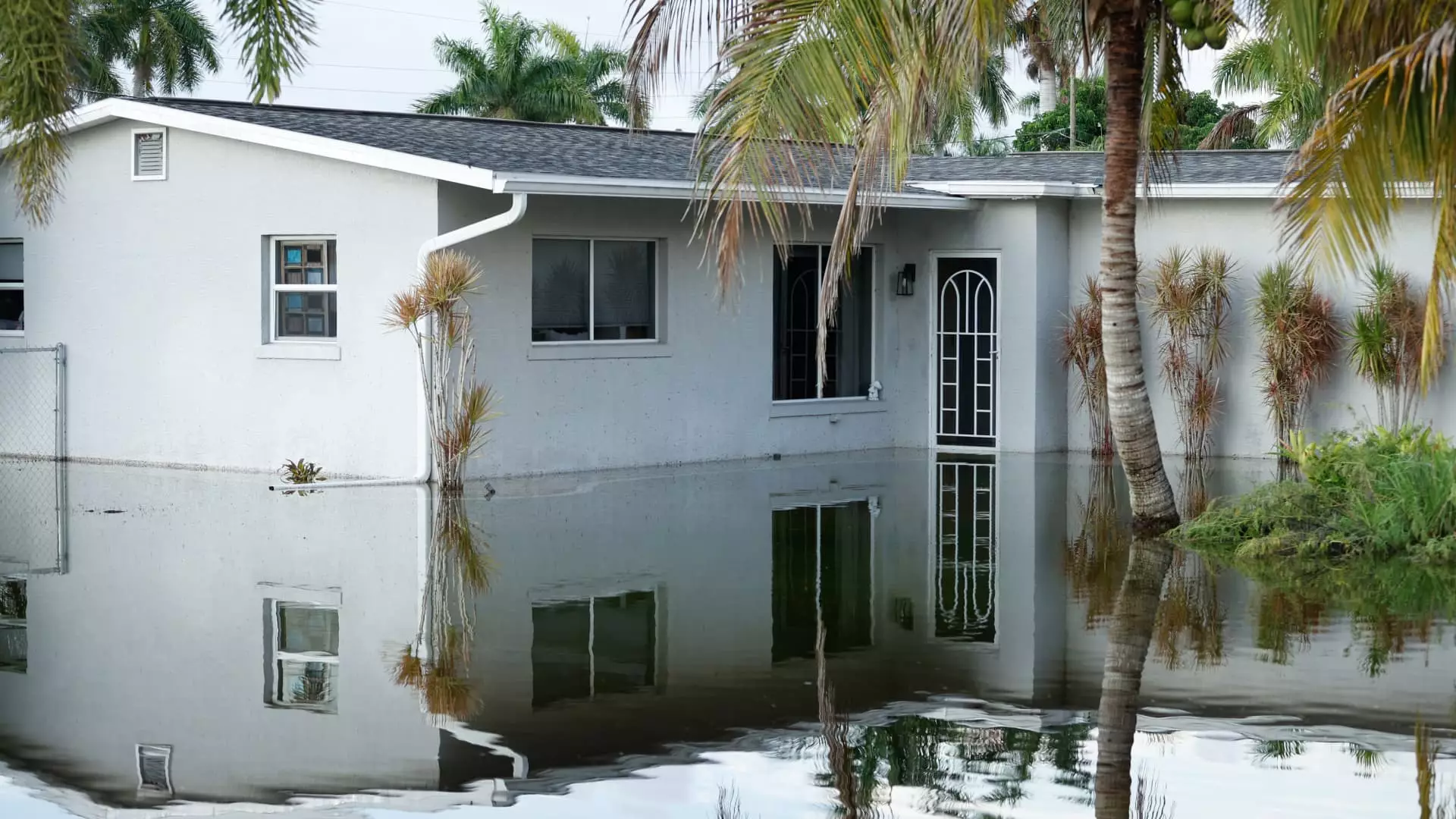As consumers prepare to renew their homeowners insurance policy, many are facing unexpected sticker shock. According to Policygenius, between May 2022 and May 2023, home insurance prices rose by an average of 21% at renewal time. Experts attribute this significant jump to a rise in catastrophic severe weather events. The rate of price increases is not expected to slow down, as insurers are passing on higher costs to consumers through pricier premiums. However, without data on individual homeowners’ premiums and risks, it is challenging to determine precisely how climate risk is factored into the price of policies.
Carlos Martín, the director of the Remodeling Futures program at the Joint Center for Housing Studies of Harvard University, highlights the changing levels of risk and hazards that properties are being exposed to. There is a lot of confusion among both homeowners and insurers on how to factor in these changes when pricing policies. The average premium for home insurance has been on the rise for the past decade, increasing from $1,034 in 2012 to $1,411 in 2021. Kenneth Klein, a professor at California Western School of Law, points out that climate change introduces the potential for economic “fat-tailed losses,” as storm damage is not evenly distributed across all insured properties.
Challenges Faced by Insurers
Understanding how premiums will continue to increase in response to severe weather events remains a challenge. Insurers gather data on weather-related losses to inform policy premiums, but this detailed information is not publicly accessible. Scott Shapiro, the KPMG U.S. insurance sector leader, emphasizes the importance of this data for rate making and filings. There is growing exposure to weather-related risks, and the uncertainty lies in whether historical losses accurately predict future losses.
Limited Insurance Options
For some homeowners residing in areas vulnerable to flood or fire risks, the rising cost of home insurance coupled with limited options presents a significant barrier. In May 2023, State Farm stopped accepting new applications for California policies, while Allstate announced a pause in new home, condo, and commercial policies in the state in November 2022. Home insurance companies prioritize profitability within the bounds of laws and regulations, rather than providing financial assistance out of goodwill.
To combat the lack of affordable insurance options, some states have implemented programs like Citizens’ Property Insurance in Florida and California’s FAIR plan. These programs serve as a last resort for homeowners who cannot find coverage in the private market. However, state-run programs do not always offer the same quality of coverage as private insurers, as they may not adhere to the same actuarial principles. While these programs provide a safety net, they may not fully address the needs of homeowners who are struggling with rising insurance costs.
The escalating cost of homeowners insurance is a complex issue driven by a variety of factors, primarily the impact of climate change and severe weather events. Understanding the challenges faced by insurers and consumers alike is crucial in navigating the evolving landscape of home insurance pricing. As the industry continues to adapt to these changing circumstances, homeowners must stay informed about their options and seek ways to protect their most valuable asset.

Leave a Reply